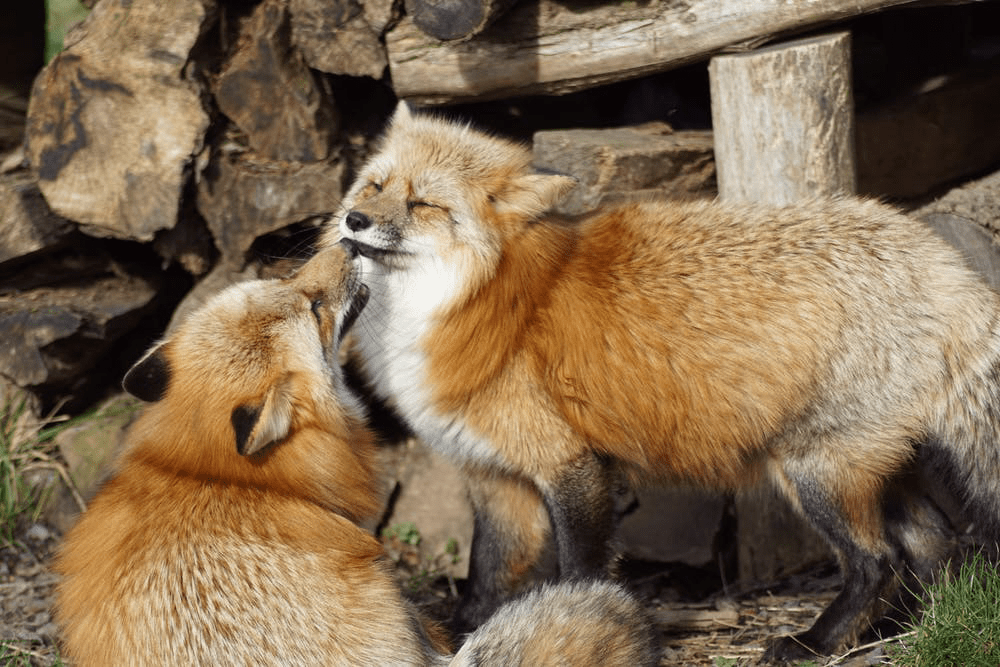B2 listening about animals
فایل صوتی درباره ی حیوانات سطح پیشرفته

In what order does the reviewer describe Charles Foster’s experiences with these creatures?

Jon: You’re quite right, it’s not very easy to define. The title is Being a Beast and the book is about the author’s attempts to be a beast, that is, to live as an animal, or rather as several animals: a badger, an otter, a fox, a red deer and a bird. He says he wanted to really know what life was like for these animals and so he did the conventional research, the reading and so on. Then he actually tried to live in the same way as them, as far as possible. For example, when he’s being a badger, he goes to live in a hole in the ground and crawls around a wood, learning to identify different trees by their smell. He even experiments with eating earthworms. Eighty-five per cent of a badger’s diet is made up of earthworms – did you know that?
Presenter: Ugh! I didn’t know that. He took one of his children with him, didn’t he?
Jon: Yes, his eight-year-old son, Tom. Foster says that children make better animals than adults in many ways – they use their senses to understand the world more, and they think in a much less abstract way than adults. Another reason why he took his son is that badgers are social creatures and would never live alone. He says that Tom adapted quickly to being a badger, learning to smell mice, hear tiny forest sounds and get around on four feet.
Presenter: How did Foster tackle being the other animals?
Jon: In the same kind of way. As an otter, he spent a lot of time in the rivers and lakes and the sea, as an otter would – alone this time, since otters are solitary. The otter’s big problem is that it has to spend all its time hunting for food in order to survive, and that feeling of desperation was hard to recreate, but he did catch live fish in his mouth. To try to live as a red deer, Foster went to the north of Scotland. He nearly died from exposure to the cold out on the mountains, and he asked a local to set his dogs on him so that he could experience being hunted.
Presenter: What happened?
Jon: The dogs realised that he wasn’t a red deer! That episode left Foster feeling that he had failed to get close to understanding the animal, but he had much more success as a fox. In London, he tried to forage for waste food, as an urban fox would. There’s one very funny part where he’s trying to sleep on the ground like a fox, and a police officer tries to move him on. He tries to explain that he’s trying to be a fox ...
Presenter: … and gets arrested, I suppose!
Jon: Almost! In London he had the kind of animal encounter that he’d been hoping for: a fox looked him in the eye and he felt some kind of relationship was being established, animal to animal. He felt he had got close to understanding foxes – he had great respect for their ability to survive and thrive in the city. The end of the book is about swifts, those amazing birds which travel thousands of miles between continents every year.
Presenter: It must be hard for a human to live like a swift.
Jon: Absolutely! Foster can’t fly! The nearest he can get to the birds is by standing in a tree and trying to catch insects. But this section has a lot of fascinating facts about swifts, and about other animals. In fact the whole book is very witty and engaging. It asks lots of important questions about what it means to be human and animal, and provides quite a few possible answers. I really recommend this to anyone with any interest in animals, or in humans, in fact. Although it contains some scientific detail, it’s a very good read, by the way. Very entertaining.
Presenter: Well, I’ll certainly look out for that book, Jon. Thanks. Now, our next book is about something completely different …
Order based on what you hear
برای دسترسی به دروس بیشتر به لینک زیر مراجعه کنید.
لغات زبان انگلیسی به تفکیک موضوع


